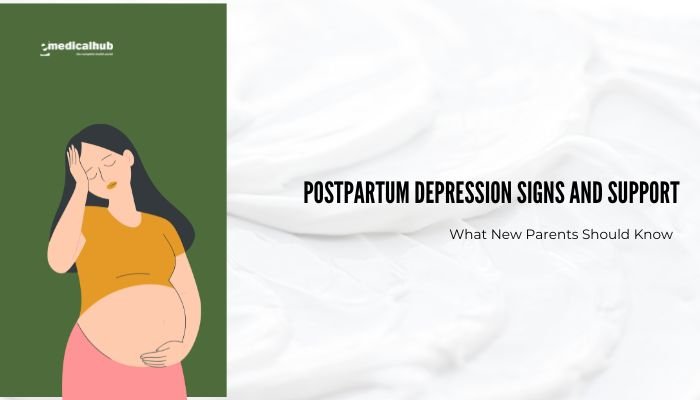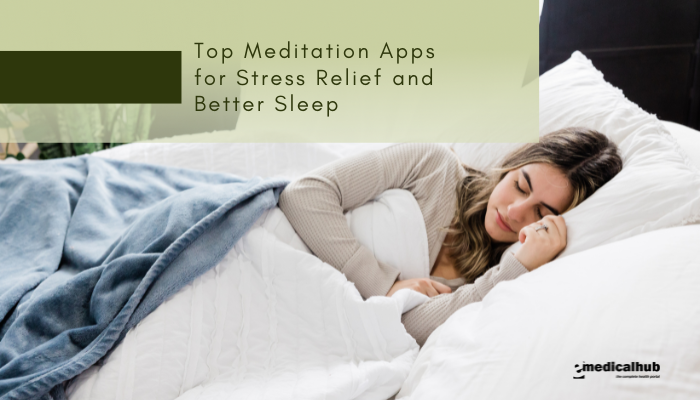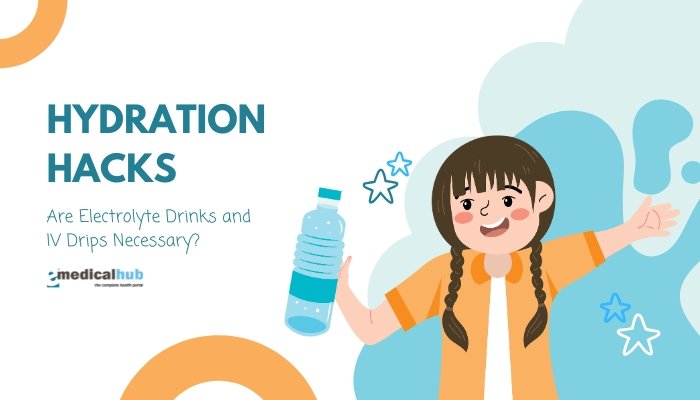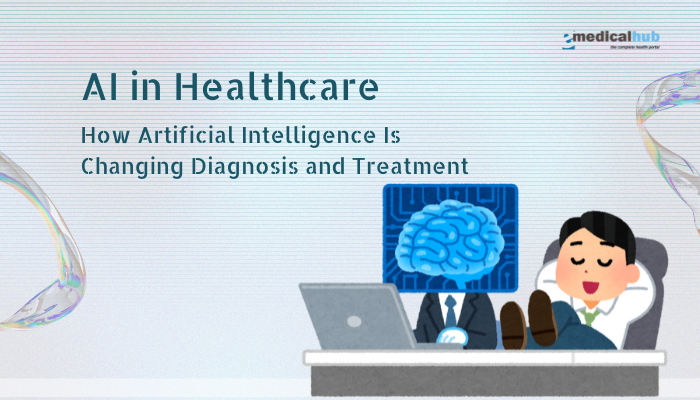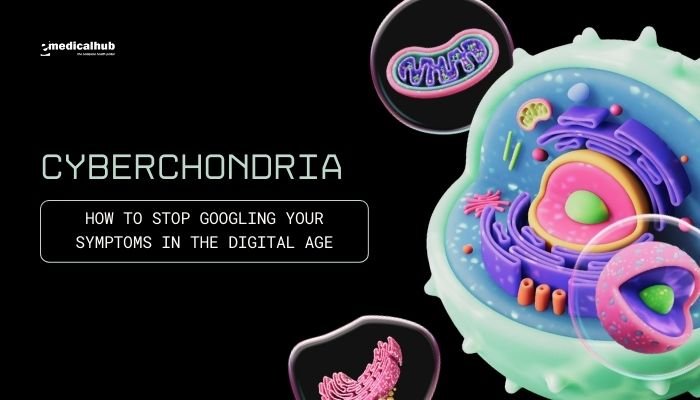Introduction
The arrival of a new baby is often described as one of life’s most joyous milestones, yet it can also usher in a whirlwind of emotional and physical changes. Between sleep deprivation, hormonal shifts, and new responsibilities, many new parents experience fluctuating moods or periods of sadness. But for some, these feelings grow deeper and more prolonged than the typical “baby blues,” leading to postpartum depression (PPD).
Far from being a rare condition, PPD affects an estimated one in seven mothers—and can affect fathers and other partners as well. Unfortunately, stigma, misunderstandings, and lack of information mean many parents struggle in silence.
This article outlines the key signs of postpartum depression, how it differs from normal post-birth adjustments, and practical steps for seeking professional support. We will also explore factors that elevate risk, strategies for self-care, and ways families and friends can help.
Recognizing postpartum depression is crucial because timely intervention can vastly improve outcomes for both the parent and the baby. If you or someone you know is overwhelmed by persistent sadness or hopelessness after childbirth, know that you are not alone and that help is available.
Disclaimer: This content is for general educational purposes and not a substitute for professional medical advice. If you suspect postpartum depression or any mental health concern, consult a qualified healthcare provider. If you ever feel you may harm yourself or your baby, seek immediate medical attention or call emergency services.
Understanding Postpartum Depression
Definition and Overview
Postpartum depression refers to a moderate or severe depressive episode that typically starts within the first year after childbirth. It’s more intense and longer-lasting than the short-lived “baby blues,” which usually resolve within two weeks. The mood disturbances in PPD can interfere significantly with daily activities, bonding with the infant, and overall well-being.
Common features include:
- Persistent Sadness or Emptiness: Emotions that don’t improve even when a baby is calm or good news arises.
- Loss of Pleasure: Diminished interest in activities once enjoyed (anhedonia).
- Excessive Anxiety or Panic Attacks: Worry about the baby’s well-being or tasks can become overwhelming.
Prevalence
Estimates suggest around 10–20% of new mothers develop postpartum depression, though rates vary by region, screening methods, and definitions. PPD can occur in mothers of all ages, backgrounds, and birth scenarios. Fathers and non-birthing partners can also develop paternal postpartum depression, though it’s less researched and recognized.
Types of Perinatal Mood and Anxiety Disorders
- Baby Blues: Mild mood swings, tearfulness, and irritability appearing a few days postpartum, lasting about 1–2 weeks. Very common (up to 80% of new mothers).
- Postpartum Depression: More severe mood changes persisting beyond two weeks, requiring intervention.
- Postpartum Anxiety or OCD: Excessive worry, intrusive thoughts, or compulsions centered around the baby’s safety or health.
- Postpartum Psychosis: A rarer but severe condition involving delusions, hallucinations, and confusion—an emergency requiring immediate care.
Risk Factors for Postpartum Depression
Biological and Hormonal Factors
- Hormone Shifts: Dramatic estrogen and progesterone drop after delivery can impact mood-regulating neurotransmitters.
- Thyroid Dysfunction: Postpartum thyroiditis can mimic or worsen depressive symptoms.
- Serotonin Imbalances: Some women may be more sensitive to postpartum hormonal fluctuations.
Psychological and Social Factors
- History of Depression or Anxiety: Individuals with previous mental health challenges are at higher PPD risk.
- Stressful Life Events: E.g., financial insecurity, relationship conflicts, or lack of partner support.
- Poor Social Support: Feeling isolated, living far from family, or lacking a friend network.
- Birth Trauma: Difficult labor, unexpected complications, or NICU hospitalization for the baby can lead to emotional distress.
Personal and Lifestyle Contributors
- Sleep Deprivation: Normal postpartum disruptions can exacerbate mood swings if consistent rest is unattainable.
- Unrealistic Expectations: Pressures to be a “perfect parent” can fuel guilt and a sense of failure.
- Difficult Infant Temperament: A colicky or high-needs baby can intensify stress, especially for a first-time parent.
Key Signs and Symptoms of Postpartum Depression
- Persistent Low Mood or Frequent Crying
- A constant sense of sadness, tearfulness over minor triggers, or empty feelings.
- Feelings of Hopelessness or Worthlessness
- Overwhelmed by negative self-talk, believing one can’t cope or be a good parent.
- Anxiety or Panic
- Racing thoughts about the baby’s health, finances, or personal inadequacies. Physical symptoms like palpitations may occur.
- Fatigue and Low Energy
- Beyond normal baby-related tiredness, a deep exhaustion that doesn’t improve with naps or small rests.
- Changes in Appetite or Sleep
- Eating too little or too much; struggling to sleep even when the baby sleeps.
- Irritability or Anger
- Quick temper, frustration directed at family members or the baby.
- Difficulty Bonding with Baby
- Feeling numb or detached instead of joyful or nurturing.
- Concentration Problems
- Inability to focus or make decisions, confusion in routine tasks.
- Thoughts of Self-Harm or Harm to the Baby
- If you experience such thoughts, it’s urgent to seek professional help. This is a hallmark of severe postpartum depression or possibly psychosis.
Not everyone has all these symptoms, and severity varies. Early detection can prevent escalation.
Differentiating from Baby Blues and Psychosis
Baby Blues vs. Postpartum Depression
- Onset and Duration: Baby blues typically begin within the first few days post-delivery and fade by two weeks.
- Intensity: While baby blues can cause mood swings, postpartum depression is more debilitating, lasting weeks or months, impairing daily functioning.
- Need for Intervention: Baby blues often resolve without formal treatment; postpartum depression usually requires professional management.
Postpartum Psychosis
- Symptoms: Hallucinations, delusions, confusion, mania-like behavior, or extreme agitation.
- Onset: Typically arises within days or weeks postpartum.
- Emergency: It’s a psychiatric emergency requiring immediate hospitalization to protect mother and child.
Seeking Professional Help
When to Contact a Healthcare Provider
If postpartum sadness or anxiety persists beyond two weeks, or you find it challenging to perform daily tasks (e.g., caring for the baby, personal hygiene), consult a primary care physician, obstetrician, or mental health professional. Immediate action is critical if thoughts of self-harm or harming the baby appear.
Diagnostic Process
- Evaluation: A mental health provider or OB-GYN might use screening tools like the Edinburgh Postnatal Depression Scale (EPDS).
- Medical Checkup: Ruling out physical contributors like anemia, thyroid problems, or medication side effects.
Treatment Plans
- Therapy: Psychotherapy—like cognitive behavioral therapy (CBT) or interpersonal therapy—can address negative thought patterns.
- Medication: Antidepressants (SSRIs) might be recommended, taking into account breastfeeding safety if applicable.
- Lifestyle Modifications: Sleep hygiene, nutrition, exercise, and structured daily routines.
- Support Groups: Peer communities or group therapy for postpartum parents.
Some new mothers worry about stigma, but postpartum depression is treatable, and professional help can significantly speed recovery.
Practical Ways to Overcome Postpartum Depression
Build a Support Network
- Family and Friends: Don’t hesitate to request help with chores, meal prep, or babysitting.
- Local Parenting Groups: Meeting other new parents fosters empathy and reduces isolation.
- Online Communities: Virtual forums or social media groups can provide comfort, though watch for misinformation.
Establish Healthy Routines
- Prioritize Sleep: Alternate night duties with a partner or use short daytime naps to compensate for broken nighttime rest.
- Balanced Nutrition: Quick, nutrient-dense meals and adequate hydration. Reducing sugary snacks may help maintain stable energy.
- Gentle Exercise: Light walks with the baby in a stroller, postpartum yoga, or pelvic floor exercises. Physical activity lifts mood and supports postpartum recovery.
Self-Compassion and Realistic Goals
- Acknowledge Adjustments: The postpartum period is stressful, physically and emotionally. Accepting limitations helps reduce guilt.
- Celebrate Small Victories: Dressing yourself or taking a short walk can be progress.
- Avoid Comparing: Social media images of “perfect moms” can distort reality. Everyone’s journey is unique.
Consider Spousal or Partner Role
- Open Communication: Partners should discuss feelings, tasks, and emotional load. Clear communication helps avoid resentment or misunderstandings.
- Shared Responsibilities: Even if the mother is the primary caregiver, partner involvement in baby care, household tasks, and emotional support is vital.
Community and Employer Support
Workplace Accommodations
- Maternity/Paternity Leave: Adequate leave promotes bonding, rest, and mental recovery.
- Flexibility: If returning to work, negotiating flexible hours, remote options, or reduced workload can reduce stress.
- Employee Assistance Programs (EAP): Many companies offer counseling or mental health resources.
Healthcare and Policy Initiatives
- Routine Screening: Pediatricians increasingly screen mothers for postpartum depression at well-baby visits, an initiative that normalizes recognition and referral.
- Social Services: Some areas have postpartum support groups, home visit nursing, or community mother-baby centers providing free or low-cost help.
Partner or Family Member’s Role
Recognizing Signs in a Loved One
Observe changes in behavior or mood. Early red flags:
- Overwhelming sadness or anxious remarks.
- Withdrawal from usual activities or loved ones.
- Comments expressing hopelessness or negativity around parenting.
Offering Constructive Support
- Encourage Professional Help: Gently suggest seeing a doctor or therapist if they remain in denial or reluctant.
- Provide Practical Assistance: Doing household chores, cooking, or looking after the baby so mom can rest or have alone time.
- Listen Without Judgment: Affirm her feelings, avoid belittling them with phrases like “just cheer up.”
Self-Care for the Partner
Supporting a loved one with postpartum depression can be stressful. Partners should ensure they, too, get emotional outlets, time off, and possibly therapy if burdened.
Myths about Postpartum Depression
- “It Means You’re a Bad Parent.”
- PPD is a mental health condition shaped by many factors. It doesn’t reflect parenting ability.
- “It Only Happens Immediately After Birth.”
- PPD can manifest weeks or months postpartum, even up to a year or more.
- “Breastfeeding Prevents Depression.”
- While breastfeeding can foster bonding, it doesn’t guarantee the absence of PPD. Some mothers with PPD breastfeed successfully; others find it contributes to stress.
- “You Can Just Snap Out of It.”
- PPD is not a simple mood. Professional intervention is often necessary.
Frequently Asked Questions (FAQ)
- How long does postpartum depression last if untreated?
Duration varies. Some might endure mild-to-moderate symptoms for months or over a year. With timely treatment, improvements often emerge within weeks to months. - Are antidepressants safe while breastfeeding?
Certain SSRIs and other medications can be used with caution. Work with your doctor to choose an option with minimal infant exposure risk. - Can men or non-birthing partners get postpartum depression?
Yes. They can experience postpartum mood issues, especially if stressed by new responsibilities or lacking emotional resources. - Is postpartum depression preventable?
No guaranteed prevention, but risk may lower with strong prenatal care, robust social support, stress management, and early mental health interventions if you have a depression history. - Can postpartum depression reoccur with subsequent pregnancies?
Yes, those who experienced PPD once might be at higher risk in future pregnancies, so planning support and prophylactic measures is important.
Conclusion
Postpartum depression is a major yet frequently misunderstood and underdiagnosed condition affecting many new parents globally. While the postpartum phase is often portrayed as pure bliss, the reality for some includes ongoing sadness, anxiety, guilt, or even hopelessness that hamper daily functioning and relationships. Recognizing early warning signs—whether in oneself or a partner—is the first step in securing effective help.
With a range of treatments—like therapy, medication, support groups, and lifestyle adjustments—most individuals can overcome postpartum depression and regain well-being. In addition, building a robust support network, practicing self-compassion, and adopting balanced daily routines facilitate smoother transitions to parenthood. Ultimately, postpartum depression is treatable, and no new parent should feel isolated or ashamed in seeking help. Recovering from PPD not only benefits the parent’s mental health but also fosters a healthier environment for the entire family.
References
- O’Hara MW, McCabe JE. Postpartum depression: Current status and future directions. Annu Rev Clin Psychol. 2013;9:379-407.
- Gavin NI, Gaynes BN, Lohr KN, et al. Perinatal depression: a systematic review of prevalence and incidence. Obstet Gynecol. 2005;106(5):1071-83.
- Stewart DE, Vigod S. Postpartum depression. N Engl J Med. 2016;375(22):2177-2186.
- Cox JL, Holden JM, Sagovsky R. Detection of postnatal depression: Development of the 10-item Edinburgh Postnatal Depression Scale. Br J Psychiatry. 1987;150:782-6.
- Dennis CL, Hodnett E. Psychosocial and psychological interventions for treating postpartum depression: a systematic review. Cochrane Database Syst Rev. 2007;(4):CD006116.
- Slomian J, Honvo G, Emonts P, et al. Consequences of maternal postpartum depression: A systematic review of maternal and infant outcomes. Womens Health (Lond). 2019;15:1745506519844044.
- Yim IS, Tanner Stapleton LR, Guardino CM, et al. Biological and psychosocial predictors of postpartum depression: systematic review and call for integration. Annu Rev Clin Psychol. 2015;11:99-137.
- Wisner KL, Sit DK, McShea MC, et al. Onset timing, thoughts of self-harm, and diagnoses in postpartum women with screen-positive depression findings. JAMA Psychiatry. 2013;70(5):490-8.
- Brockington I. Postpartum psychiatric disorders. Lancet. 2004;363(9405):303-10.
- Gaynes BN, Gavin N, Meltzer-Brody S, et al. Perinatal depression: prevalence, screening accuracy, and screening outcomes. Evid Rep Technol Assess. 2005;(119):1-8.
- Howard LM, Piot P, Stein A. No health without perinatal mental health. Lancet. 2014;384(9956):1723-4.
- Munk-Olsen T, Laursen TM, Pedersen CB, et al. New parents and mental disorders: a population-based register study. JAMA. 2006;296(21):2582-9.

